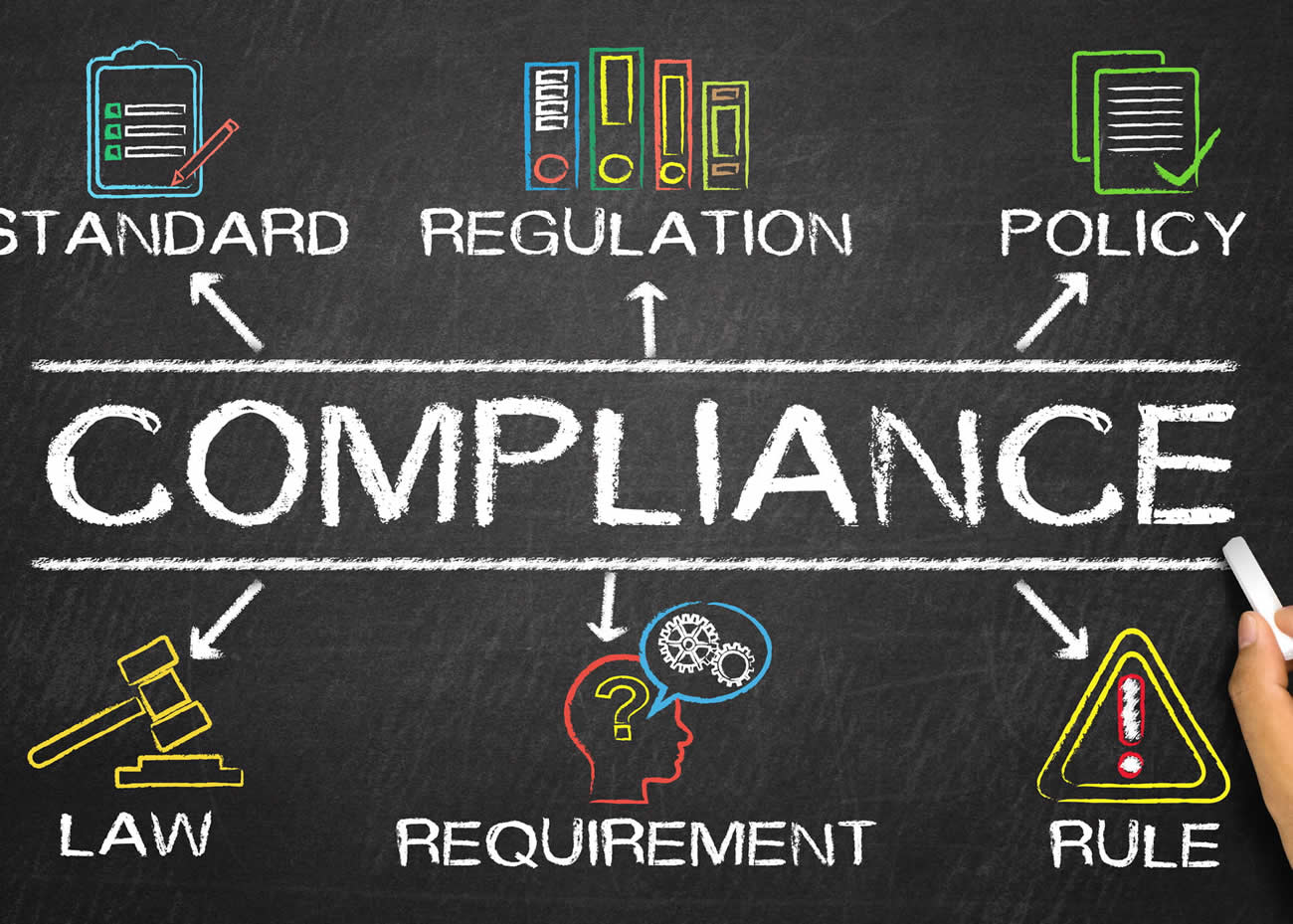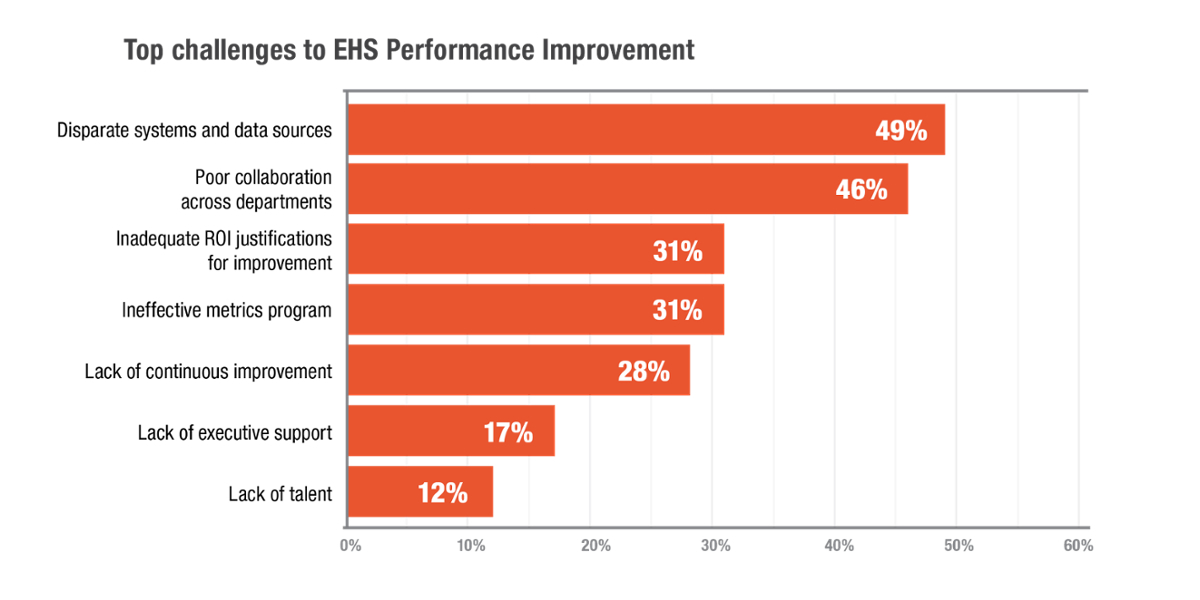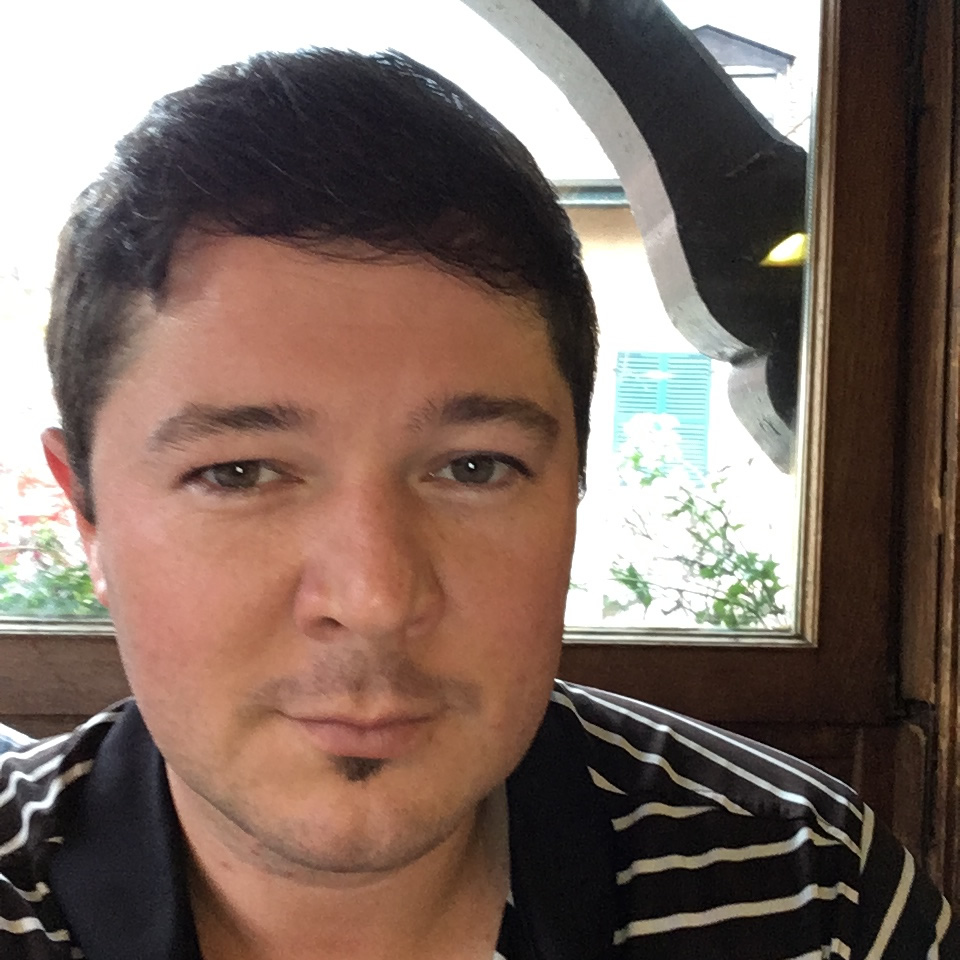Best Practices for Implementing a Proactive Compliance Program: Part One of a Three-Part Series
Sponsored by: Verisk 3E, Intelex
Over the last several years, compliance has evolved from a requirement - albeit a complex one - to a strategic imperative. Companies are now leveraging their compliance initiatives to help make proactive and intelligent business decisions. This, in turn, influences risk mitigation strategies, market expansion and product formulation.
How do you ensure your compliance programs are optimized and your business is well positioned to leverage its existing compliance efforts for broader, more strategic initiatives? Within this series of blog posts, we will outline essential best practices to help accelerate your efforts.
Best Practice: Focus on Culture - and Understand Potential Barriers
In his recent article "Is Organizational Culture Holding Back your EHSQ Performance?" LNS Research analyst Peter Bussey suggests that organizational silos often create a barrier for successful EHSQ program adoptions. He also highlighted research that pointed to the top challenges for performance improvement.

It is interesting to note that only one of these challenges, albeit the most significantly scored, is a technological hurdle. The rest of the issues are organizational and cultural in nature. So where do you begin to influence the business to rally around an elevated - more proactive - type of compliance?
The complexity of EHSQ change is compounded by the predisposition to focus on the "What" and the "How" of the project, and not nearly enough on the "Why" and "Who". Having a deep understanding of your organization's culture is imperative as you work to implement new strategies and initiatives. To help an organization be more proactive in their compliance and risk mitigation, these goals must be directly ingrained into the business culture.
A proper grasp of your company culture can also be a competitive advantage, driving visibility of your EHSQ program. According to a Katzenbach Center survey on organizational change, only 53% of businesspeople say culture is an important part of the leadership agenda at their company, while a mere 35% say their companies do an effective job of managing it. Clearly there is a strong case to be made for leading and influencing with a focus on company culture.
Best Practice: Get Influence from the Top
Change begins at the top is not only an old, familiar adage. When it comes to successful EHSQ compliance programs, beginning at the top to change and influence culture is a must. Program or systemic change must be sponsored by many well-aligned executives, with the support of the CEO. Buy-in and organizational support suffers when cross-functional managers fail to understand EHSQ initiatives.
Effective communication at the C-level about ongoing EHSQ compliance programs is a key to success in influencing adoption. Deloitte believes that there are 9 key elements of an effective, disciplined communications program at the C-level which lead to influence including:
- Aligning communications to priorities
- Defining critical audiences
- Defining audience-specific objectives around each priority
- Defining critical messages
- Packaging your messages
- Thinking though who will deliver the message
- Selecting channels for communication
- Defining communication frequency
- Seeking feedback and evaluate your communications.
In our next post, we will outline how the best practices of Organizational Involvement and Emotional Buy-in can contribute to a proactive compliance program. In the meantime, drop us a line in the comments if you have any questions on what we've shared in the post above.
Topics:
Compliance Culture EHS Compliance
About the Author

Alan Johnson
Verisk 3E
Alan has more than ten years of business development and product management experience in the software industry, spearheading many successful B2B & B2C partnership programs. He is the Director of Strategic Partnerships & Alliances at Verisk 3E responsible for devising and executing Verisk 3E’s Global Strategic Alliances program, which plays a critical role in Verisk 3E’s global business development strategy.
Prior to joining Verisk 3E, he held senior business development and product positions with market leading software companies including Turning Technologies, BlueTie Inc. & The NASVF. As Director of Strategic Partnerships & Alliances at Verisk 3E, Alan is responsible for devising and executing 3E's Global Strategic Alliances program, which plays a critical role in 3E's global business development strategy.
Alan holds a B.A. in Political Science/World Languages & Cultures from Mercyhurst University, a certificate from L'Université Laval in Français Langue Étrangère (FLE), and a dual MBA in Sales & Marketing Management/International Business from the Rochester Institute of Technology's E. Phillip Saunders College of Business.
Prior to joining Verisk 3E, he held senior business development and product positions with market leading software companies including Turning Technologies, BlueTie Inc. & The NASVF. As Director of Strategic Partnerships & Alliances at Verisk 3E, Alan is responsible for devising and executing 3E's Global Strategic Alliances program, which plays a critical role in 3E's global business development strategy.
Alan holds a B.A. in Political Science/World Languages & Cultures from Mercyhurst University, a certificate from L'Université Laval in Français Langue Étrangère (FLE), and a dual MBA in Sales & Marketing Management/International Business from the Rochester Institute of Technology's E. Phillip Saunders College of Business.

Kristen Duda
Intelex
Kristen brings more than 14 years of experience in environmental, health and safety management consulting to Intelex. As a professional engineer, she has hands-on experience implementing environmental compliance programs and strategies for large, multinational manufacturing corporations and defense agencies. Most recently, she served as Vice President with CH2M, a global engineering and consulting firm. While at CH2M, Kristen was responsible for spearheading highly successful environmental sales strategies, which led to double digit growth in the EHS consulting and information management practices, as well as industrial market verticals.
Kristen holds a Bachelor's degree in Chemical Engineering from the University of Illinois at Urbana-Champaign.
Kristen holds a Bachelor's degree in Chemical Engineering from the University of Illinois at Urbana-Champaign.




